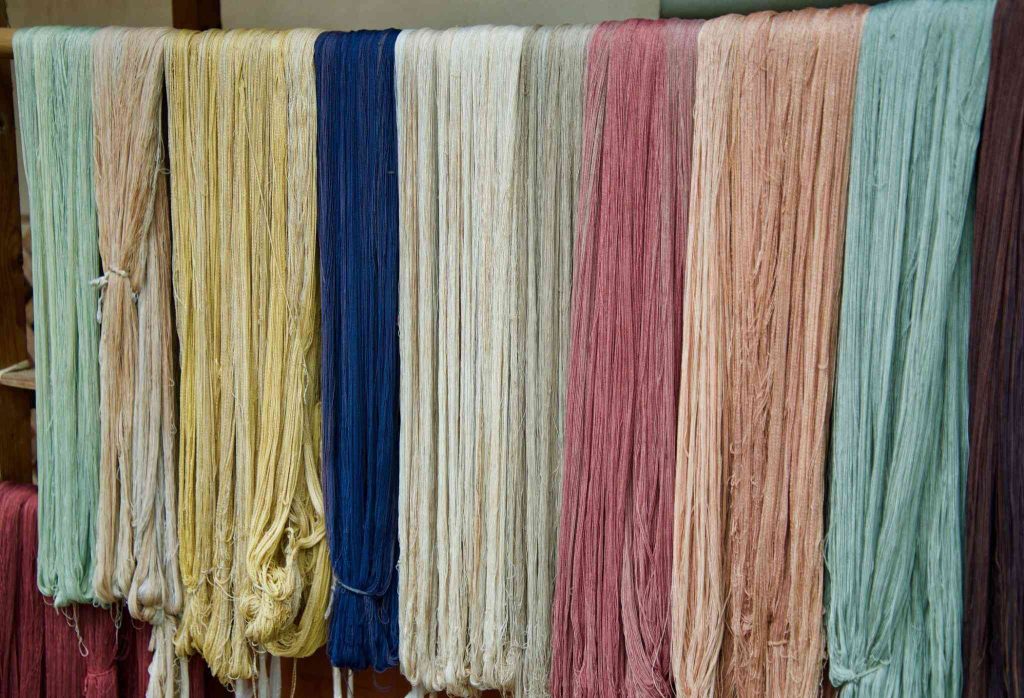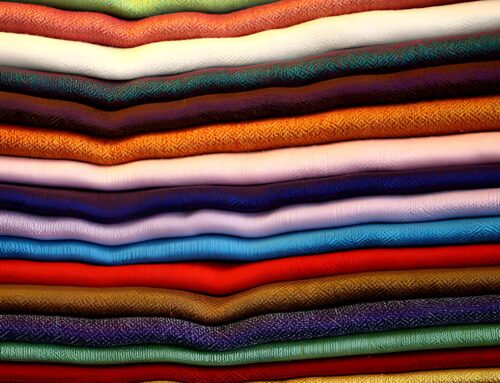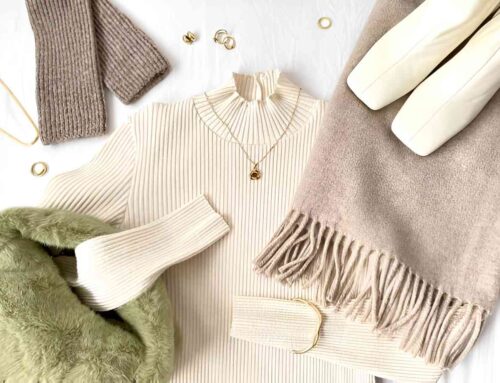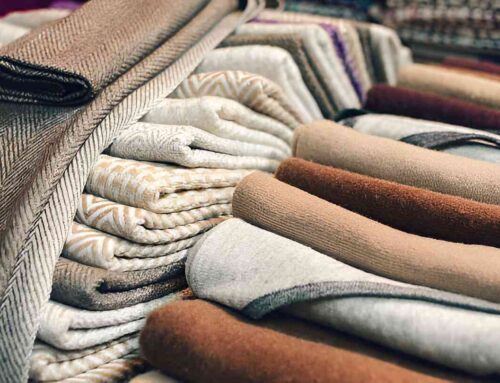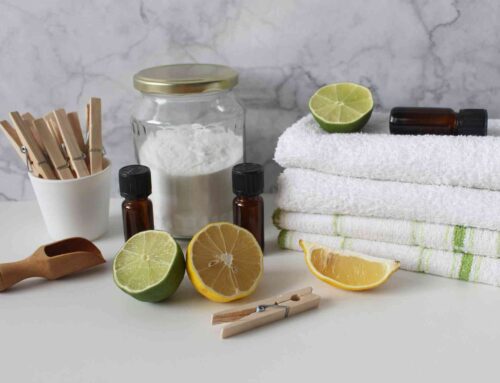The Importance of Blocking in Shaping and Perfecting Pashmina Products
When it comes to crafting exquisite Pashmina products, there’s more than meets the eye. Beyond the selection of fine fibers and the meticulous weaving process lies an essential step that often goes unnoticed: blocking. This unassuming yet crucial technique plays a pivotal role in shaping and perfecting Pashmina products, ensuring their exceptional quality and luxurious drape. Join us as we delve into the world of blocking in Pashmina craftsmanship and uncover its significance block by block.
Understanding Blocking: The Art of Shaping and Refining
- The Foundation of Quality Pashmina
- Transforming the Texture and Fit
- Enhancing Aesthetic Appeal
Blocking is a fundamental process in the creation of high-quality Pashmina products. It involves shaping, stretching, and setting the textile to its desired dimensions. This step is particularly important because Pashmina fibers, while incredibly soft and luxurious, have a natural elasticity that allows them to be molded into specific forms without losing their inherent qualities.
The transformation that occurs during blocking is multi-fold. The initial texture of the Pashmina fabric, which may have slight irregularities due to the handweaving process, is refined. Blocking helps to even out the surface, ensuring a smooth and uniform appearance. Additionally, the dimensions of the product, whether it’s a shawl, scarf, or stole, are carefully set, giving the item its final shape and dimensions.
Aesthetic appeal is also enhanced through blocking. The process allows for the opening up of intricate patterns and designs that might have been slightly compressed during weaving. As the fibers relax and settle into place, the true beauty of the Pashmina fabric is revealed, resulting in a finished product that’s not only visually stunning but also luxuriously soft to the touch.
The Blocking Process: Precision and Expertise
- Handcrafted Artistry in Blocking
- The Role of Moisture and Heat
- Patience: A Virtue in Blocking
Blocking in Pashmina craftsmanship is a labor-intensive process that requires skill and precision. Unlike industrial manufacturing, where automation can play a significant role, handcrafted Pashmina products demand a hands-on approach to blocking. This involves the careful manipulation of the fabric by artisans who understand the nuances of the material.
Moisture and heat are integral to the blocking process. The Pashmina fabric is gently dampened to relax the fibers and make them more pliable. Subsequently, heat is applied, which further aids in shaping and setting the textile. This combination of moisture and heat ensures that the fibers are malleable enough to be stretched and shaped, while also retaining their integrity.
Patience is a virtue that artisans must possess during the blocking process. The shaping and setting require time, and rushing through this step could compromise the quality of the final product. As the Pashmina fabric gradually takes on its desired form, artisans carefully monitor the progress, making adjustments when necessary to achieve perfection.
Blocking for Perfection: The Pashmina Advantage
- Tailored Fit and Draping Elegance
- Ensuring Longevity and Durability
- Elevating the Pashmina Experience
One of the distinct advantages of blocking is achieving a tailored fit and elegant drape in Pashmina products. Whether it’s a shawl meant to cascade gracefully over the shoulders or a scarf designed to be draped with effortless charm, blocking ensures that the textile conforms to these specific forms. The resulting fit is not only visually appealing but also comfortable to wear.
Blocking also contributes to the longevity and durability of Pashmina products. The careful manipulation of the fibers during the blocking process helps to align them, minimizing the risk of pilling or uneven wear. Additionally, the setting of dimensions prevents distortion over time, ensuring that the product retains its original shape even with regular use.
When you wrap yourself in a beautifully blocked Pashmina shawl or drape an elegantly blocked scarf around your neck, you’re not just wearing a textile; you’re enveloping yourself in an experience. The refined texture, precise fit, and luxurious drape elevate the sensation of wearing Pashmina, turning it into a true luxury that transcends fashion.
Handcrafting Luxury: The Art and Science of Blocking
- Melding Tradition with Modernity
- Artisanal Expertise in Blocking
- An Unseen Marvel in Pashmina Craftsmanship
Blocking in Pashmina craftsmanship encapsulates the fusion of tradition and modernity. While the technique itself is rooted in age-old practices, it’s enhanced by contemporary understanding of fibers and materials. This blend allows artisans to create Pashmina products that honor heritage while meeting the demands of modern aesthetics and comfort.
Artisanal expertise is paramount in the blocking process. The tactile understanding of Pashmina fibers, the precise application of moisture and heat, and the skillful shaping by hand all contribute to the meticulousness of the craft. Each artisan’s touch adds a unique dimension to the final product, making it a true work of art.
Blocking might be an unseen marvel, hidden beneath the surface of the finished Pashmina product, but its influence is undeniably profound. It’s the underpinning that ensures the fabric’s lustrous drape, comfortable fit, and enduring quality, elevating Pashmina from a mere accessory to a cherished treasure.
In Conclusion: The Unseen Artistry of Blocking in Pashmina Craftsmanship
- Crafting Excellence Block by Block
- The Marriage of Tradition and Expertise
- Elevating Pashmina to New Heights
Blocking is the silent hero that shapes and perfects Pashmina products, turning them into masterpieces of luxury and craftsmanship. This technique, often hidden from view, is a testament to the dedication of artisans who understand the intricacies of Pashmina fibers and the art of shaping textiles. As we wrap ourselves in these meticulously crafted pieces, we embrace the legacy of blocking, block by block.

